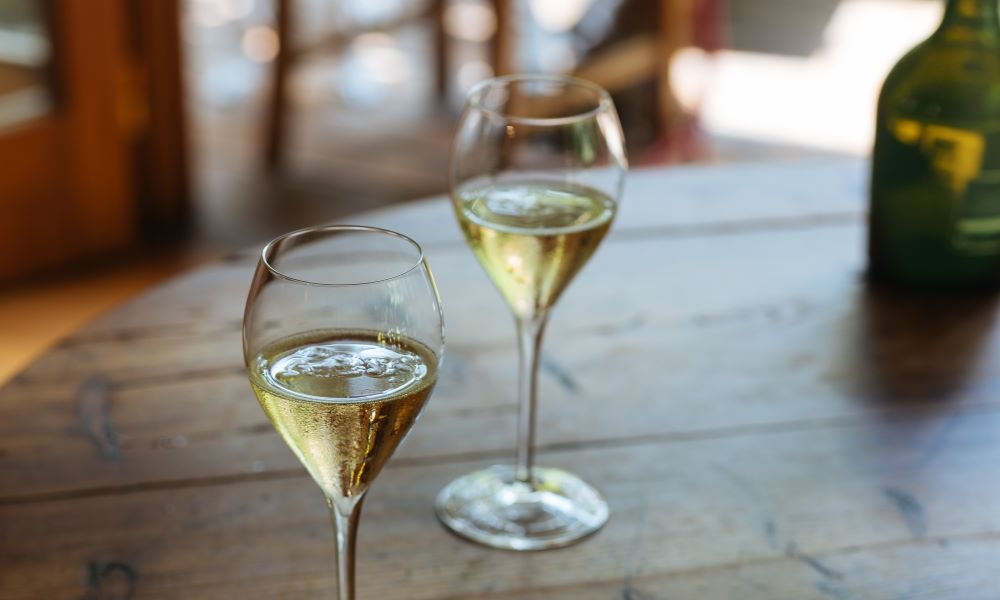Those who have visited the city at least once will probably have already tasted some of them, perhaps over a good aperitivo of local products. If you want to find out more, have a look at this short guide to Bolognese wines and their history we have created for you.
A brief history of wine in Bologna
The history of wine in Bologna dates back to Etruscan times (9th-6th century BC). Based on archaeological evidence, scholars have pointed out that olive groves and vineyards stood on the hills south-west of the city centuries before the arrival of the Latins. Once they had conquered Bononia, the latter did nothing more than continue the tradition started by their predecessors.In ancient times, as is still the case today, the vineyards of Pignoletto, Barbera and other typical wines were therefore located in the pre-Apennine area above Bologna, at around 500-600 metres above sea level. The soil from Monteveglio down to Monterenzio is in fact composite: if in some places it is sandier, in others it is more clayey and often interspersed with gullies and tuffs. These differences are also reflected in the wines, which can be very different from each other in terms of taste and aroma.
What are the typical wines of the Bologna hills?
We have already mentioned the Pignoletto, produced in sparkling, still and spumante versions; among the reds, there’s Cabernet Sauvignon, Barbera and Merlot. This brief list is enough to realise that both native and international (or allochthonous) varieties are cultivated in the hills of Bologna, such as Chardonnay, Riesling and Cabernet Sauvignon.Let us now take a specific look at the four most widespread and renowned DOC wines of the Bologna area - Pignoletto and Cabernet Sauvignon, Barbera and Merlot - and discover together what their characteristics are and how to pair them with various dishes.
The Pignoletto
Pignoletto is a DOCG wine whose name derives from the place of the same name in the village of Monteveglio. Produced from indigenous Grechetto gentile grapes, Pignoletto has been part of the local viticulture since Roman times: according to some scholars, the origin of the name Pignoletto can be traced back to Pliny the Elder's Naturalis Historia (77-78 AD), which mentions a 'Pino Lieto', a wine he disliked because it was not very sweet.Sparkling Pignoletto has a light straw-yellow colour; the alcohol content is 12°, and the aroma is delicate and almost aromatic. On the palate, the taste is dry, slightly bitterish on the finish. The still (e.g. Pignoletto Classico Superiore) and sparkling versions are also worth trying.
A protagonist of aperitivos, Pignoletto is a fresh wine, ideal for appetisers, but can also be served with Bolognese first courses such as tortellini in broth and crescentine.

Cabernet Sauvignon, Merlot and Barbera
Barbera DOC is one of the historical wines of the hills around Bologna. Its grapes, which come from Piedmont, have found an ideal habitat in the Bologna area, so much so that the wine of the same name is one of the territory's leading products.
It is a sparkling red wine with an intense ruby colour, an alcohol percentage of 11.5° and a strong, dry flavour. Due to its full-bodiedness, it goes well with main courses such as boiled meat, grilled meat and game. In addition to the sparkling version, Barbera is also available as a still wine.
Although it is an allochthonous vine that has been growing in the hills around Bologna for several decades, Cabernet Sauvignon is now considered to be almost indigenous, like Merlot. This red wine is at its best when paired with main courses of meat, such as game, braised meats and red meats in general. The alcohol content is 12° and the aroma is intense, characterised by a herbaceous and earthy note.
Finally, Merlot is a wine that pairs wonderfully with typical Bolognese menus! It goes very well with cured meats and lasagne, tagliatelle and boiled meats. Its ruby red colour sometimes has violet hues, while its flavour is harmonious and warm. Its alcohol volumebreaches 11°.

